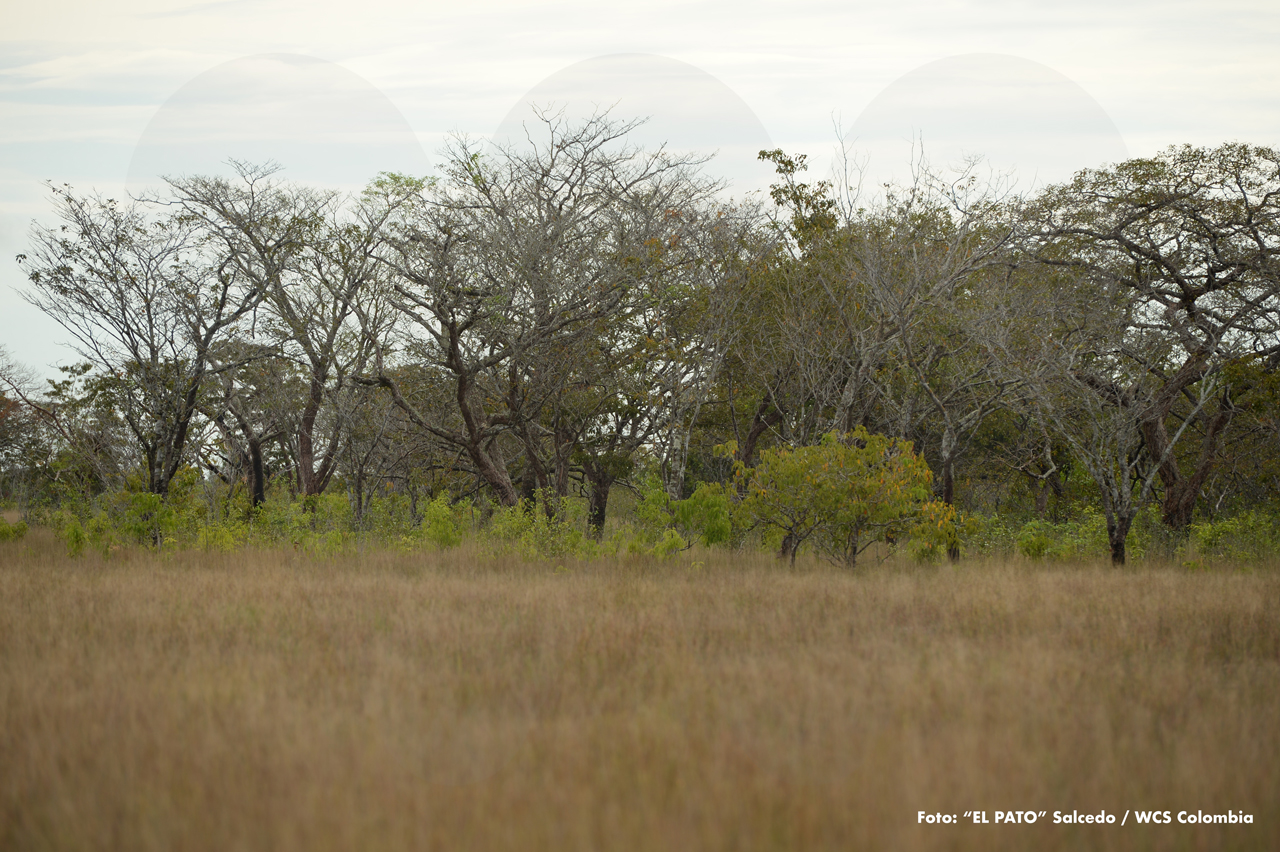 The Congrial
The Congrial
A congrial refers to areas where the dominant plant species is the congrio tree. The photo accompanying this text was taken on a property known as El Desierto, located in the middle basin of the Bita River, in the department of Vichada. In Colombia—worth noting—the congrio also occurs in the departments of Arauca, Caquetá, Casanare, Guainía, Meta, and Vaupés.
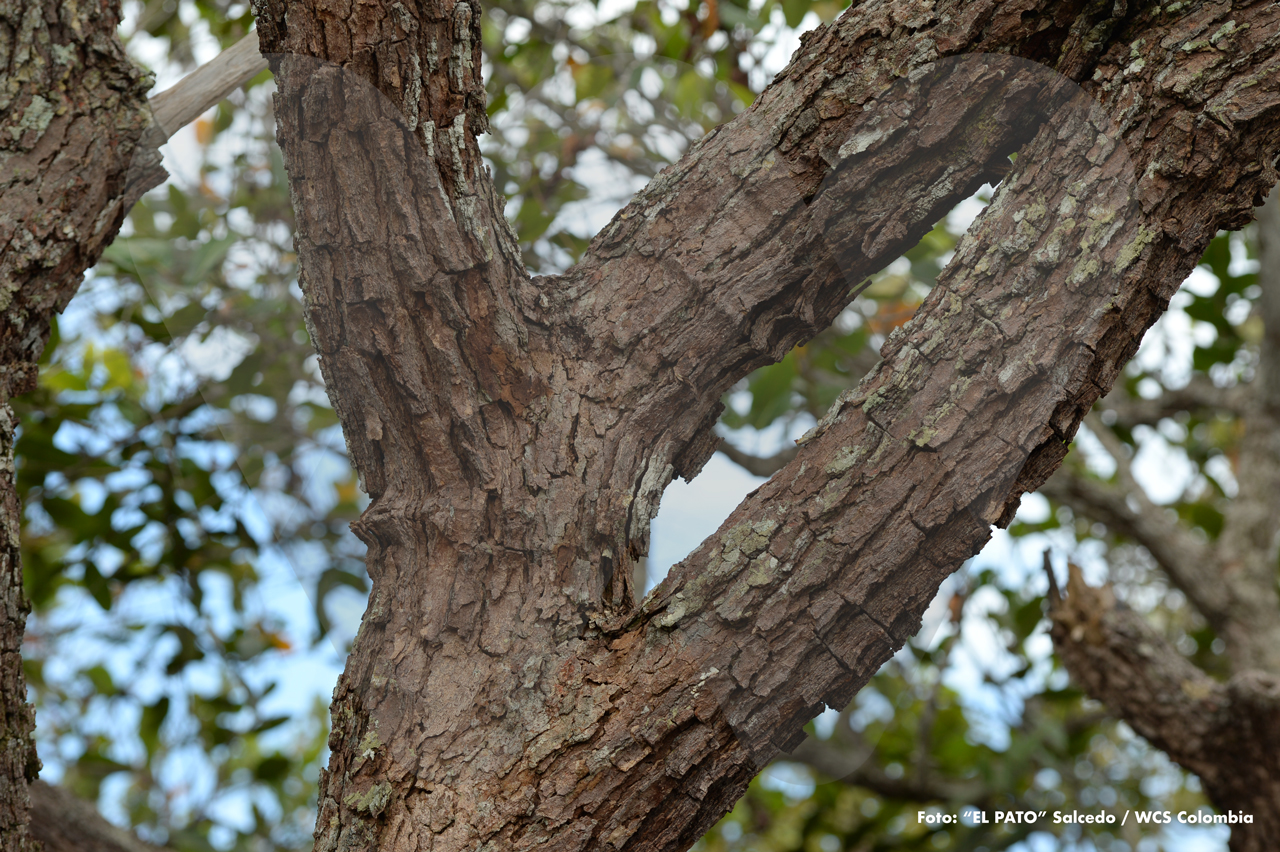 The Bark
The Bark
This is a close-up detail of the bark of a mature congrio tree. Its wood, fine and very durable, is mainly used for construction purposes and for building fences that divide pastures in small Llanos properties as well as large cattle ranches. In South America, the congrio also occurs in Venezuela, Brazil, Bolivia, the Guianas, and Suriname.
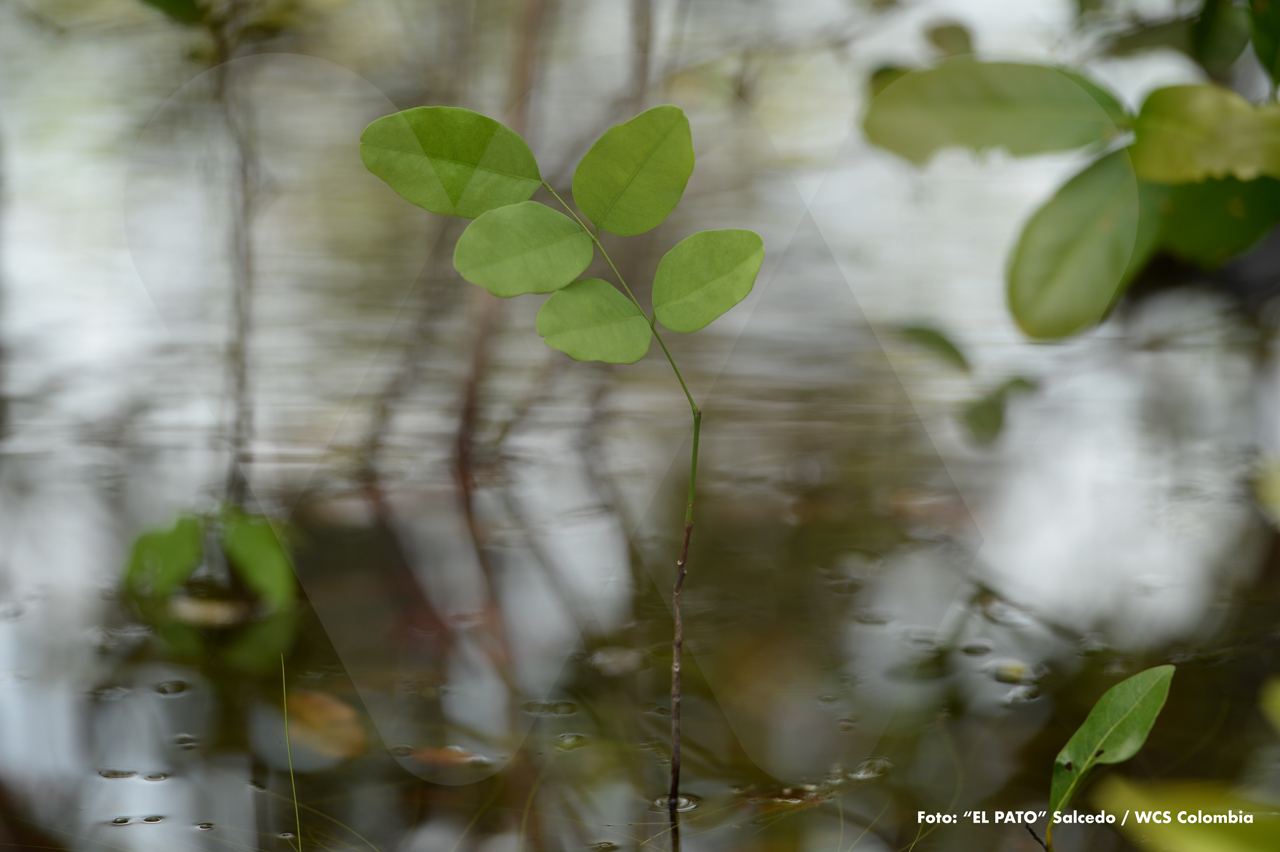 The Seedling
The Seedling
This image vividly illustrates the conditions in which congrio trees are born and grow. This species, admirable for its resilience, is able to survive from its earliest days in soils that the Llanos rainy season floods year after year (this phenomenon occurs from April until late November). These areas are locally known as "bajos" (lowlands). It is precisely there that the seeds and seedlings of congrio find a favorable environment to develop.
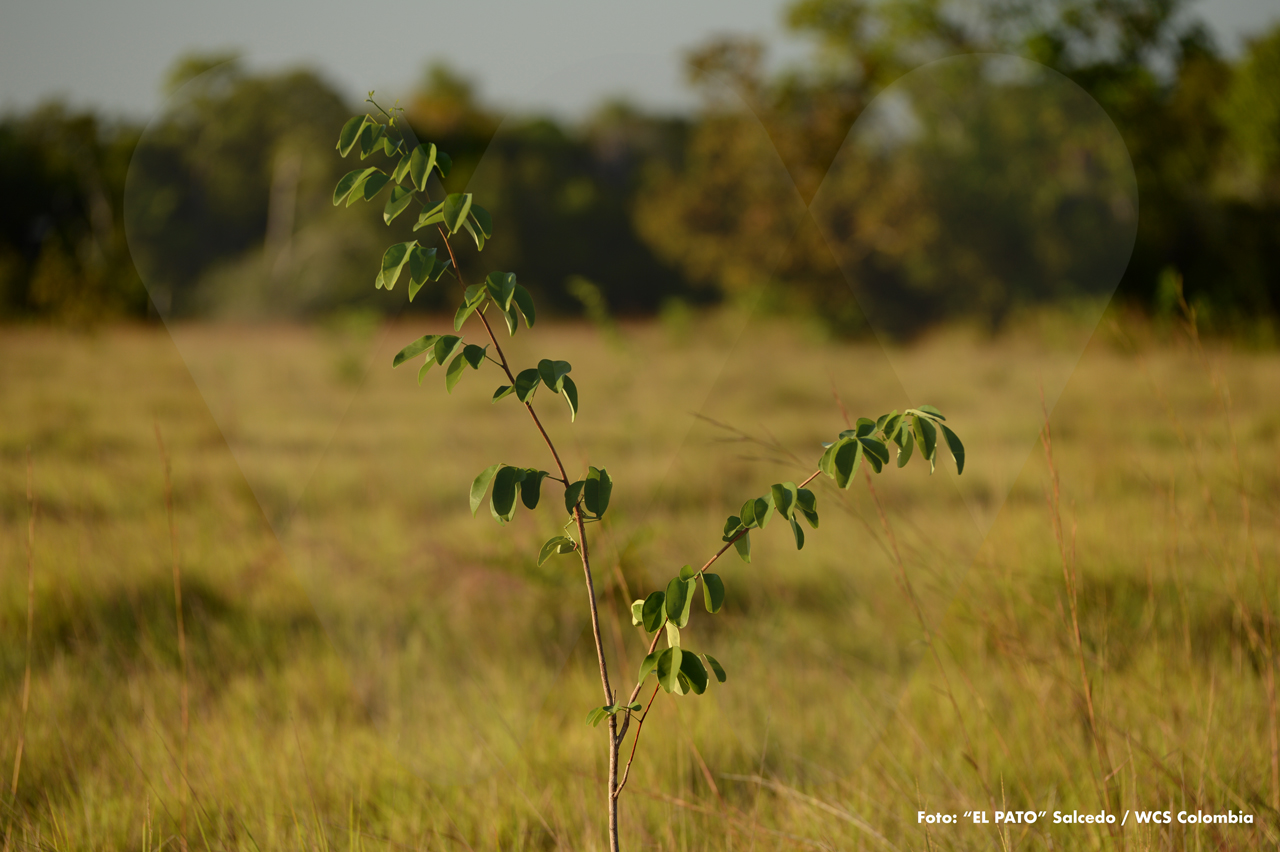 Plantings
Plantings
The Proyecto Vida Silvestre (PVS) works on the conservation of 15 species of flora and fauna across three regions of Colombia: the Magdalena Medio (Antioquia and Santander), the Andean-Amazonian foothills (Putumayo), and the Eastern Llanos (Arauca and Vichada). It is in this last landscape where this conservation initiative is making significant and necessary efforts to increase wild populations of the congrio tree. To date, PVS has planted more than 40,000 seedlings of Acosmium nitens, the scientific name of this species.
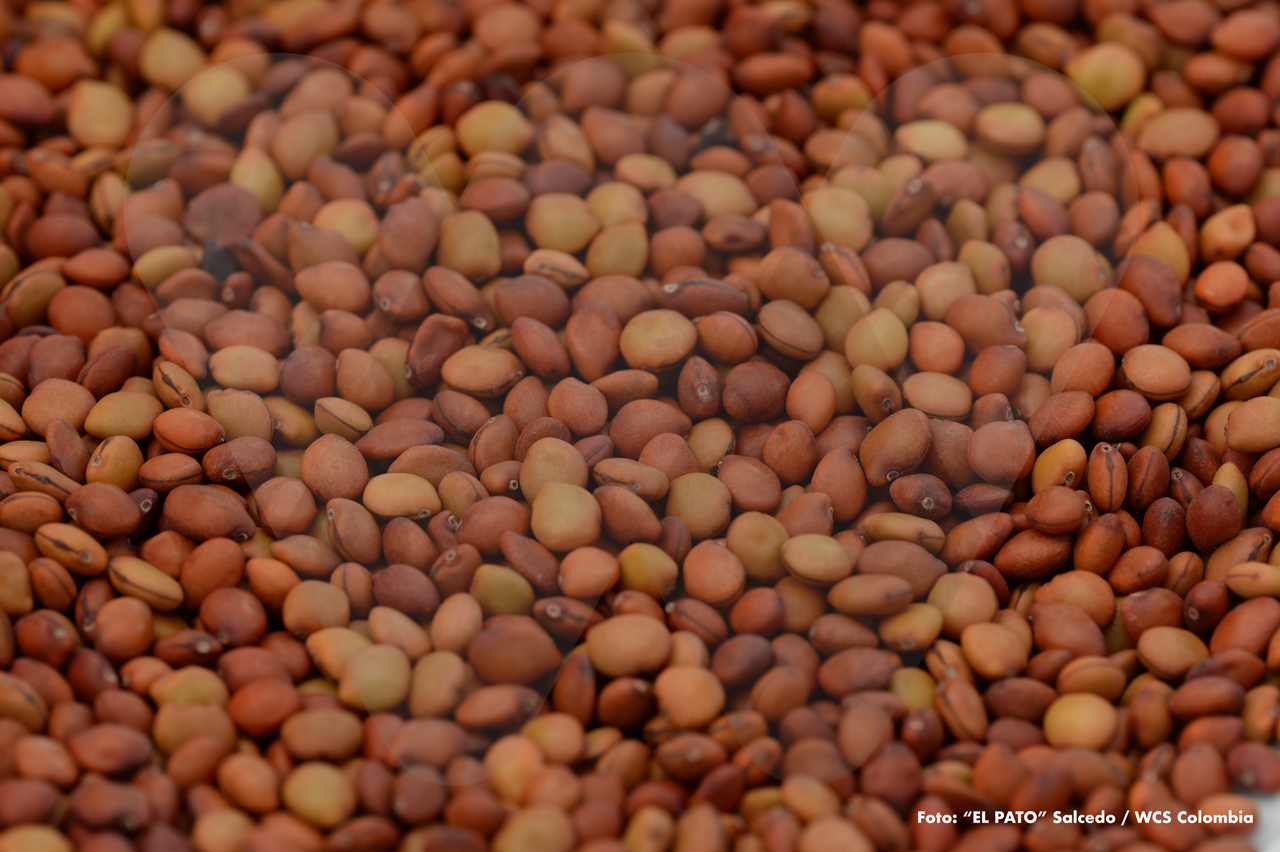 The Nursery
The Nursery
On properties located in the middle and lower basins of the Bita River, in the remote department of Vichada, is where the Proyecto Vida Silvestre has planted the most congrio seedlings. These plantings, which would not be possible without the collection of the respective seeds (photo), support a much broader and more ambitious strategy: to create an extensive biological corridor that protects and facilitates the movement of a wide variety of animals, including, for example, the lowland tapir (Tapirus terrestris).
*The Proyecto Vida Silvestre, an initiative led by Ecopetrol, Fondo Acción, and WCS, works toward the conservation of 15 species (twelve fauna and three flora). It operates across three landscapes in Colombia: the Eastern Plains (Llanos Orientales), the Magdalena Medio, and the Andean-Amazon Piedmont (Putumayo).
Traslated with AI support